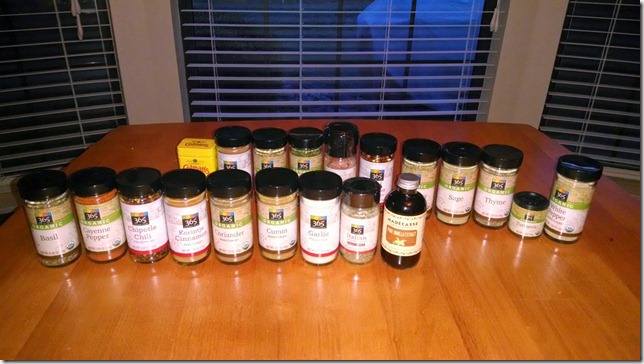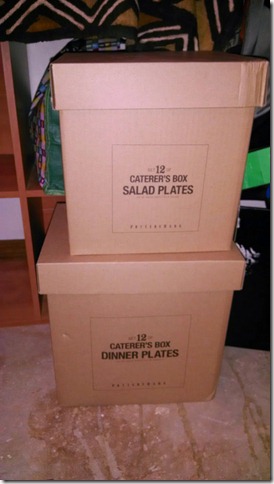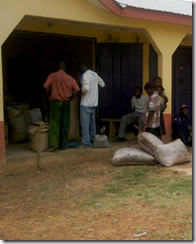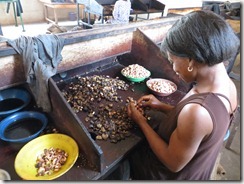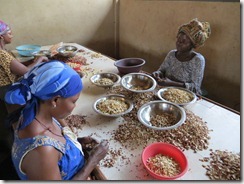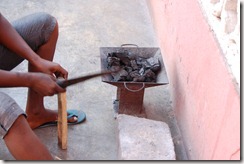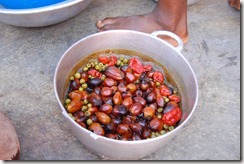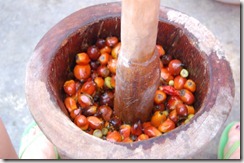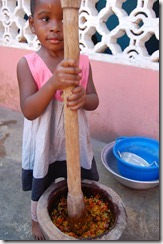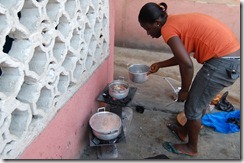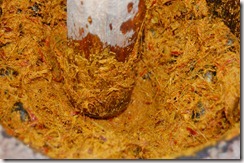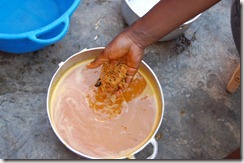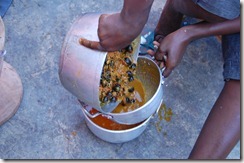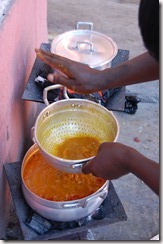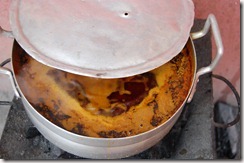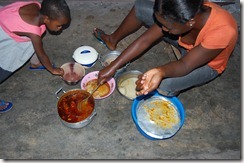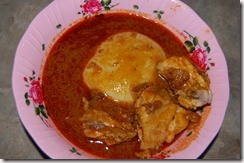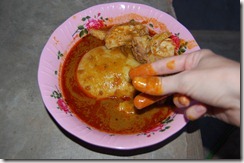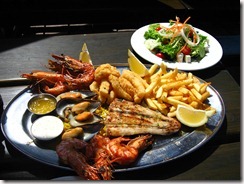2015 is the year I will finally head to my first post. I find that both thrilling and terrifying. How am I going to be prepared in 6 months to determine the merits of someone’s visa application, in Arabic? Luckily, I still have four more months of Arabic and a Consular General training to prepare me for the next two years. What do I have in the meantime though? A German exam. Because, you know, self-inflicted language torture is my thing.
I never got to test in German during A-100 because there were 100 people in my class and only so many resources to test all of us in all of our languages. So priority was given to people with languages on our bid list and people who self identified at a high level, that’s my theory anyway. From a resource management perspective it makes complete sense, you have only so many resources available and you need to narrow down and pair a list of 117 posts with 100 people. You need something to help with filtering. Once those resources are used, you may have time and capacity to test a few other people. Do you waste those resources on people who identified their language skills at low or do you test the people who have a good chance of getting off language probation? It makes complete sense to me, but it doesn’t mean I’m particularly thrilled to be taking the German exam 4 months into my Arabic training. But then I retort to myself, this is 100% self-inflicted. I could have taken the test earlier or I could have postponed it until consular training. I made the decision to take it in January during A-100 though.
Something I’ve discovered about myself recently is fairly intriguing from a Foreign Service perspective. This is in no way where I was going with this blog post, but let’s follow this train of thought. I always knew I was good at reasoning, deduction and pattern recognition, if you go back and search in my blog for “variables” “options” or “possible” you’ll find quite a few posts spanning the years. I always knew this was how my brain worked, but didn’t realize it until recently. Which lead me to remember the Baader-Meinhof concept: “Baader-Meinhof is the phenomenon where one happens upon some obscure piece of information–often an unfamiliar word or name–and soon afterwards encounters the same subject again, often repeatedly.” It’s because our brains love patterns and we are always looking for patterns in the chaos. From my Hi-Lab (higher level language aptitude test) results, I know that my brain is seemingly extra hard wired for processing patterns. And now that I’m conscious of my own ability (also related to Baader-Meinhof, see how that works), I’ve become conscious of how my brain is processing the information. Before, I would just let my brain run and do it’s thing, such as with the decision to take the German test in January, a seemingly arbitrary month. But now, it’s like I have a window into what my brain is doing, as if I could watch it process variables, analyze patterns, and make decisions or inferences based on the information I have at hand.
To me it is like a tree. At first, I see the whole tree with every leaf, twig, branch. I notice the color of the leaves, how tall it is, and it’s shape. Then I look closer and focus on only one branch. It is as if I were trying to identify the species of the tree without having any prior knowledge of arboriculture. From the branch, I then look at the whole structure of the branch again. Then I dig deeper, looking at individual leaves and twigs. Then I start to prune away the branches until I have just a part of the tree left, the part that has all the information I need. Then I may have two or three ideas of what it might be. I take one last look, make a decision, but then immediately explain to myself my reasoning. Being very careful to acknowledge the variables and biases that influenced my decision, including my lack of knowledge. And most of this happens in the span of 30 seconds, maximum.
So when I decided to take my German test in January, I never thought to myself “why do I want to take this test?” I only thought to myself “when is the most advantageous time.” I knew that they were changing the test format in January. I also knew that I’d be in Arabic for 8-9 months. I knew that my German was rusty. I knew that I would have a few weeks of no class in December. I also knew that near the end of my Arabic studies, the pressure would be higher. I knew that I get a form of test anxiety. I also knew that I needed to pass my Arabic test. January was the only time that made sense to me, after looking at all those variables and factors. I never once considered how the German test would affect me stress-wise or emotionally. Those are non-factors in my brain. I’m hard-wired for rational, which is in fact thanks to the half of me that is German. A pretty big chunk of the reason why I decided to take the German test was because I knew it would help me prepare for the Arabic test.
So what am I getting at with all this rambling? I feel like this experience is very indicative of how my brain works. Right now I’m mildly stressing out about my German test, but I know that it doesn’t matter. That doesn’t stop the stress though. I can be conscious of what is going on in my brain, but I can’t necessarily change it’s course. I am mildly stressed because I want to do well on a test. Why? Because I grew up in an environment that emphasized achievement. I can be completely rational about a decision, but that does not mean it still doesn’t impact me in other ways. One of the reasons I decided to take the German test was directly correlated to preparing me for a future possibility. I found a way to better position myself for a future event, therefore I was willing to put myself through a bit of hardship in order to simply feel prepared. Which is exactly what I’ve done my entire life, I’ve always looked past the present hardships towards a simpler future. Consciously and unconsciously, I’m always trying to set myself up for success, even at the expense of present comfort.
But the beauty is that Peace Corps taught me that present hardship is not in fact hardship. It is all perspective: “this too shall pass.” Everything we do in life is a lesson for the future. We learn from our mistakes and successes and grow. We decide to take the difficult route (while finding the best route through the difficulties, at least I do) because that’s where we find our strength. I am not purposefully inflicting German language pain upon myself, I am doing this because I know that it will have a positive influence on my own peace of mind when the stakes are higher with Arabic, when it really counts. And my brain knows that is what I need. But that doesn’t mean I have to let German completely stress me out, in fact I quite enjoy switching back to something familiar. I’ve been so deep into Arabic for the past 4 months, it feels nice to step into something reassuring again.
With language you never know what progress you are making, so it is easy to feel discouraged. But through this process of attempting German and Arabic at the same time, I found a small confidence in myself. I was able to translate an article from German into Arabic in class on Friday, having been off for 2 weeks. I didn’t translate into English, I went directly from German to Arabic. And you know what? That was pretty damn cool. Even though I am still too embarrassed and lacking in confidence to speak German in front of people I find intimidating, I found a bit of confidence in class on Friday, the bit I needed.  Then I made an incredibly elaborate German meal: Jaegerschnitzel completely from scratch. I made the breadcrumbs, I made the sauce, I even had to have a lengthy conversation with a Whole Foods butcher to get the cut of veal I wanted. It reminded me of my Oma and how proud she would have been that I actually pulled off the perfect schnitzel.
Then I made an incredibly elaborate German meal: Jaegerschnitzel completely from scratch. I made the breadcrumbs, I made the sauce, I even had to have a lengthy conversation with a Whole Foods butcher to get the cut of veal I wanted. It reminded me of my Oma and how proud she would have been that I actually pulled off the perfect schnitzel.
I think she’d be proud of what I’ve accomplished so far as well, besides the schnitzel. So even when language kicks my ass, whichever language it is, I can’t lose sight of the purpose and my reason for doing this. I’m doing this because I am lucky enough to have the coolest job on earth.

